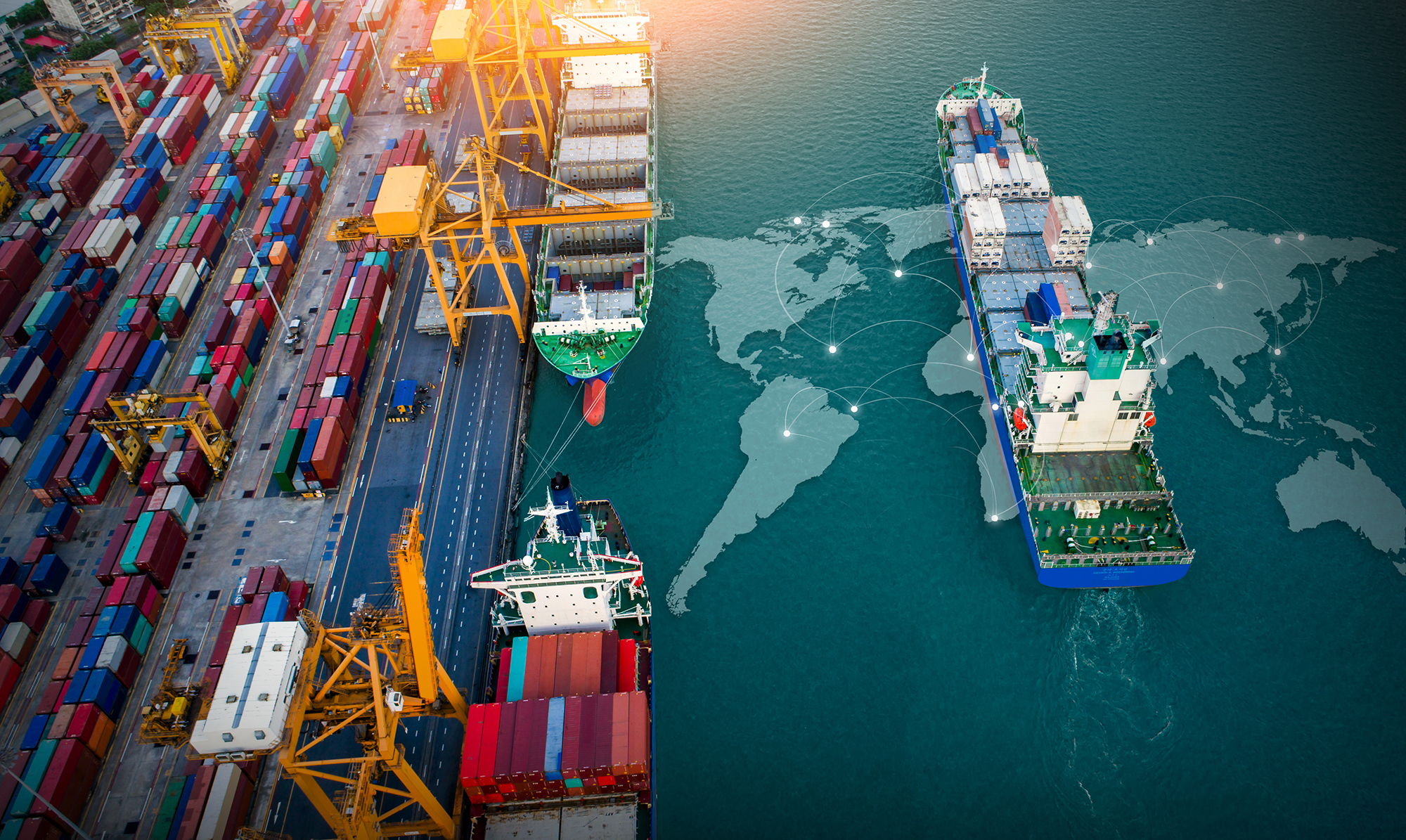What’s the supply chain outlook for the coming year? Experts say normalization in terms of operation and seasonality demand. But risks on the horizon include trade restrictions, sustainability policies, labor issues, and “water stress,” not to mention geopolitical turmoil (Russia/Ukraine war, Israel/Hamas war).
As you recall, supply chain problems were prominent during the pandemic amid a “perfect storm” of causes, including an explosion in demand for consumer goods, labor shortages, and COVID-19 lockdowns in China, where many goods originate. These resulted in shipping delays, slower delivery times, too little inventory, and then too much, when businesses worried about the health of the supply chain stockpiled goods.
We’re in a different place in late 2023. Consumer demand for products has fallen, with some experts projecting consumer spending falling to pre-pandemic levels by second quarter of 2024. The culprit is rising consumer debt—a 4.5% increase from second quarter 2022 to 2023—driven by credit card debt. Consumers also have shifted their spending from goods to experiences, i.e., travel and entertainment, meaning less goods traveling through the supply chain.
Inventories have returned to normal or near-normal levels, with many companies taking a wait-and-see approach to demand. Some businesses have attempted to build resiliency into their supply chains through multiple sourcing and reshoring (transferring a business operation from overseas back to the USA), although both can be expensive.
Factors that could affect supply chain in the coming months include:
 Trade restrictions. These mean fewer options for U.S. consumers and higher prices. For example, the United States is currently imposing a 25 percent tariff on approximately $250 billion of imports from China as well as a 7.5 percent tariff on approximately $112 billion worth of imports from China.
Trade restrictions. These mean fewer options for U.S. consumers and higher prices. For example, the United States is currently imposing a 25 percent tariff on approximately $250 billion of imports from China as well as a 7.5 percent tariff on approximately $112 billion worth of imports from China.- Sustainability policies. The European Union is implementing sweeping new measures designed to fight climate change, support sustainable innovation, and make Europe the first climate-neutral continent by 2050. Meeting these requirements will likely incur extra costs, which could affect the price of goods, demand, and supply chain.
- Labor issues. According to data from the U.S. Bureau of Labor Statistics, 1.7 jobs are open for every available worker here. Transportation and supply hubs seem to be keeping pace, but a shortage of quality labor could create problems in meeting production demands for employers. Also, some big European labor unions have agreements coming for renegotiation; higher labor costs cut into profitability.
- Water stress. Recently, container ship traffic was restricted through the Panama Canal because a prolonged dry season limited the ability to raise water levels in the Canal. As a result, ship traffic backed up—a big deal when an estimated 40% of container ships moving from Asia to the U.S. East Coast pass through the Canal. Reduced river levels also affected shipping on the Mississippi, the Amazon, and the Rhine.
With six manufacturing plants strategically located across the country, Premier can meet our customers’ needs without relying on extensive supply chains. Contact us to find out more.
